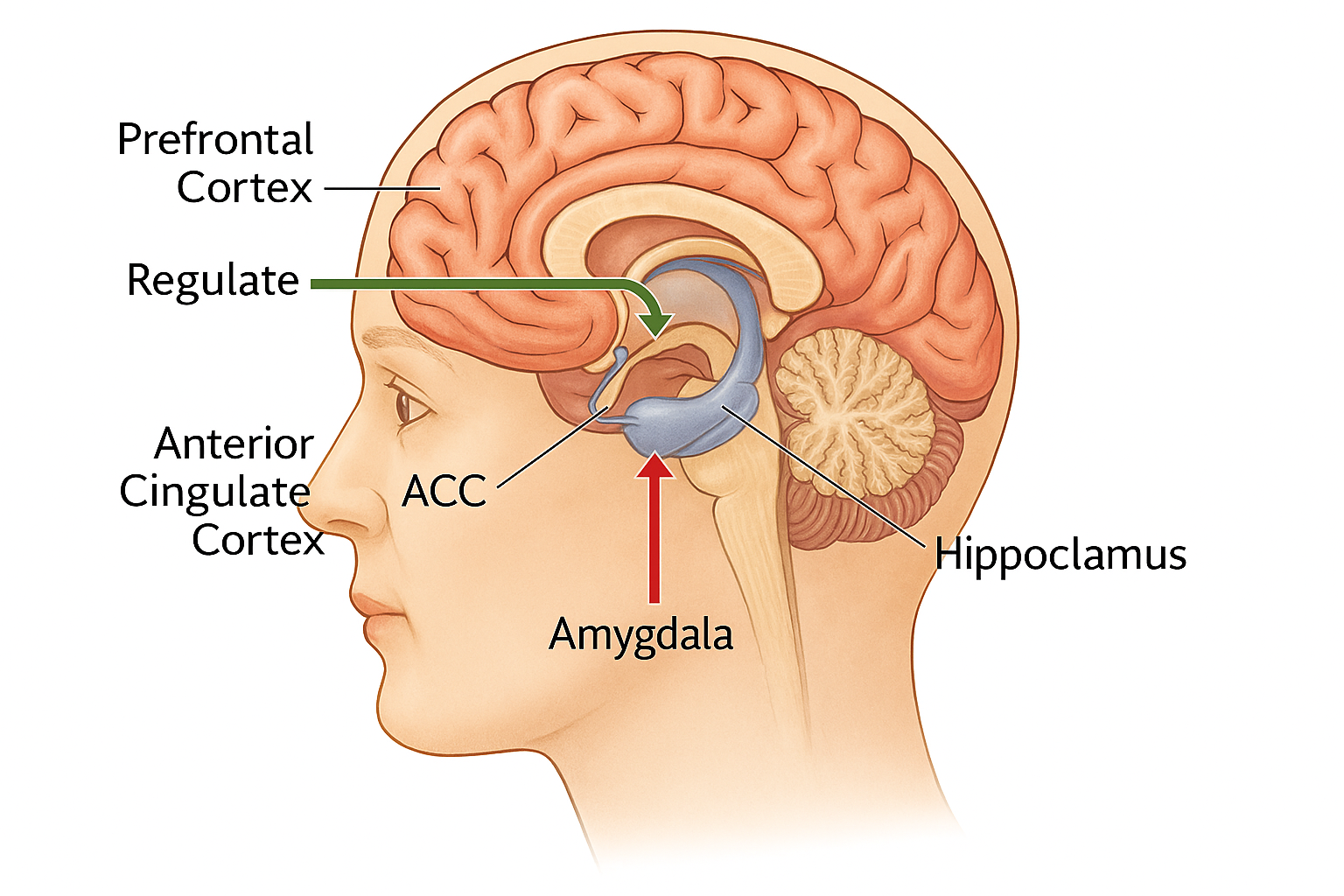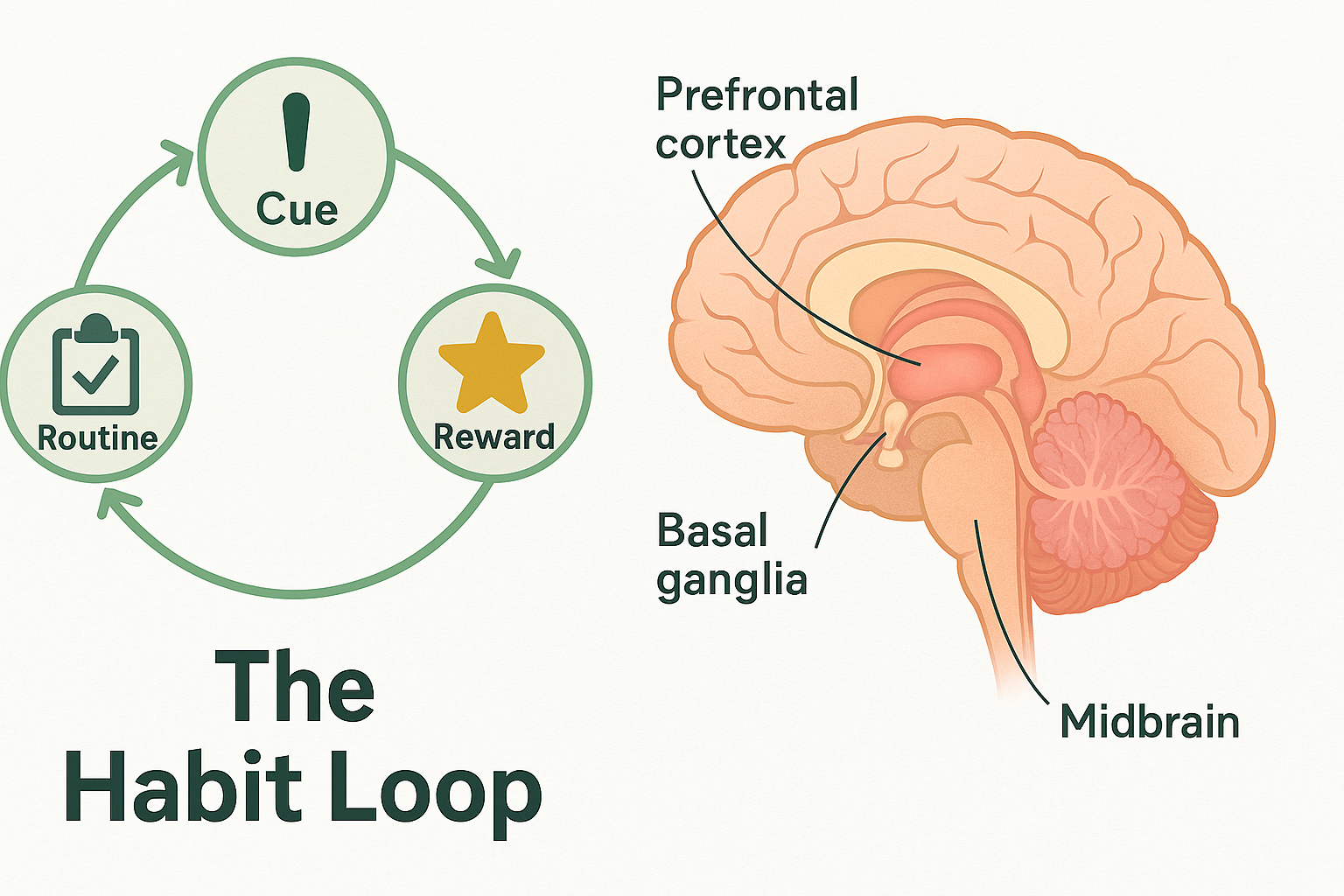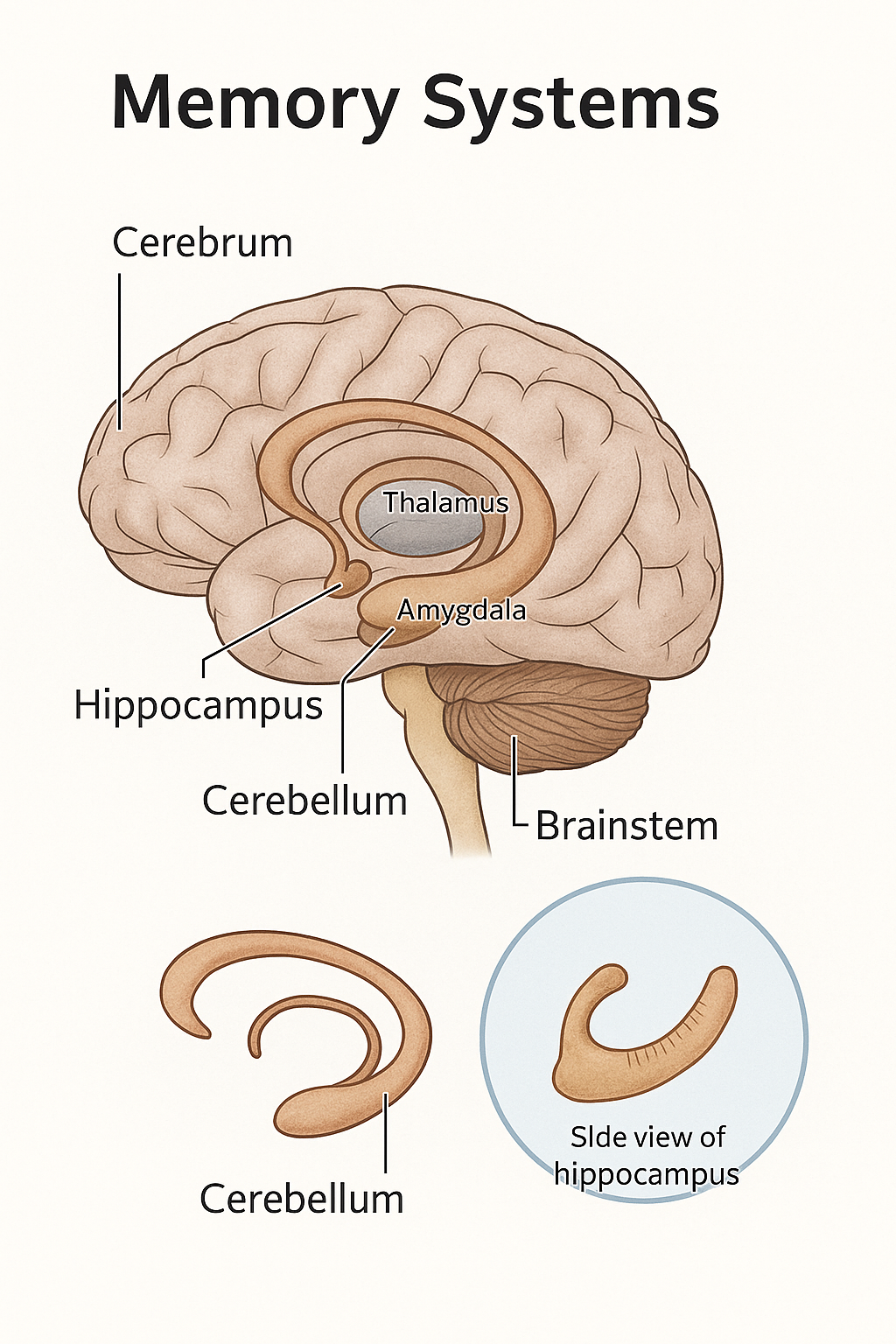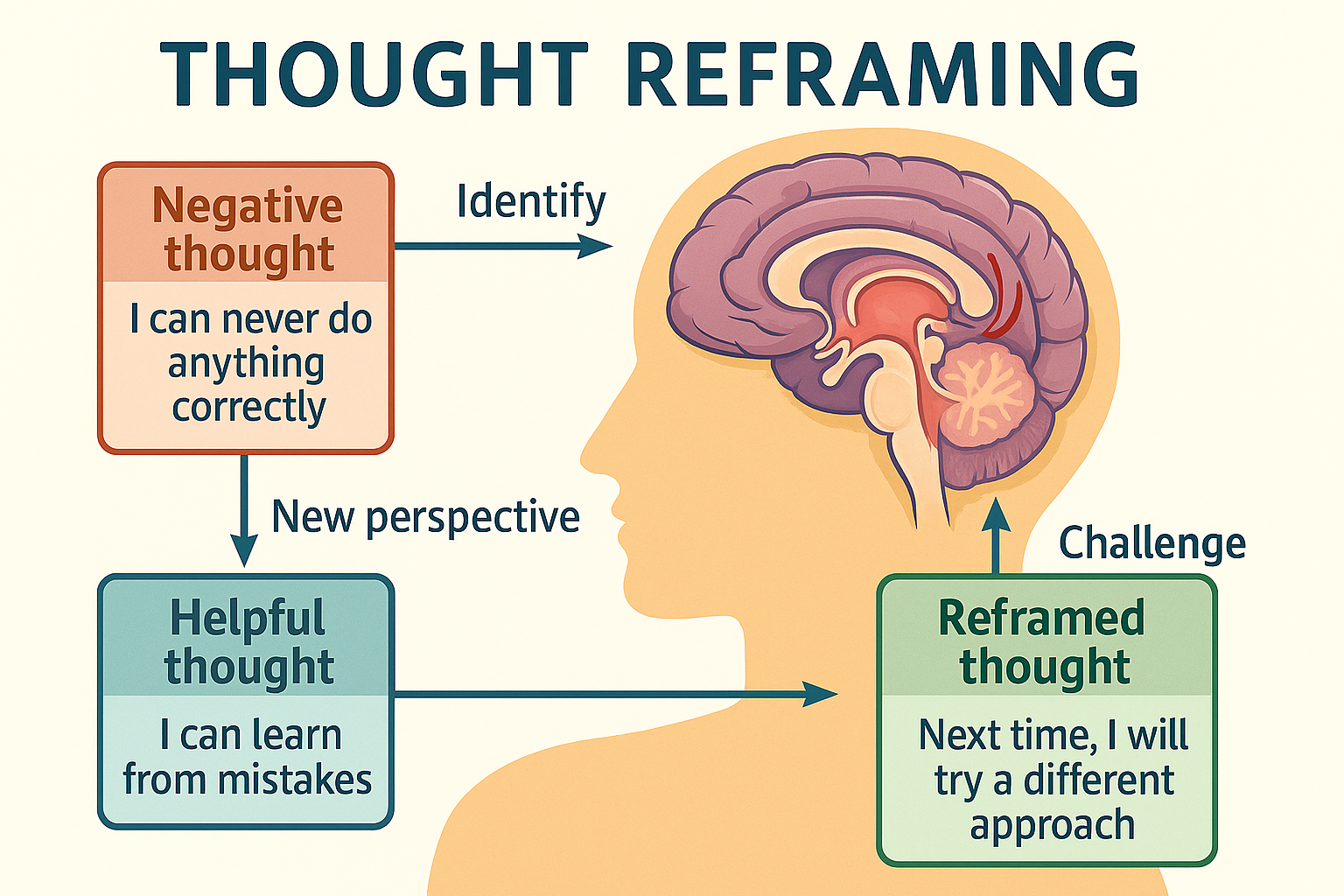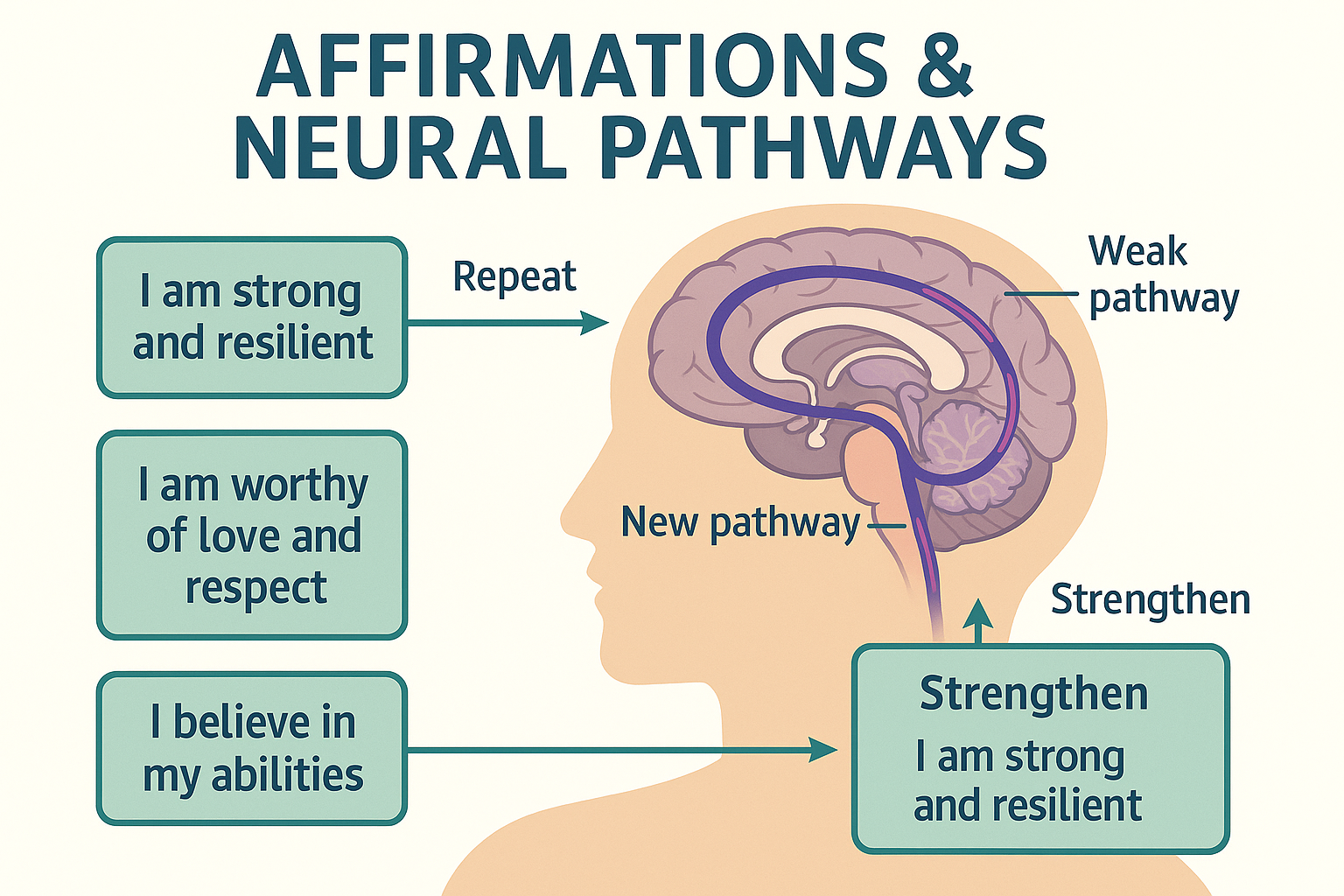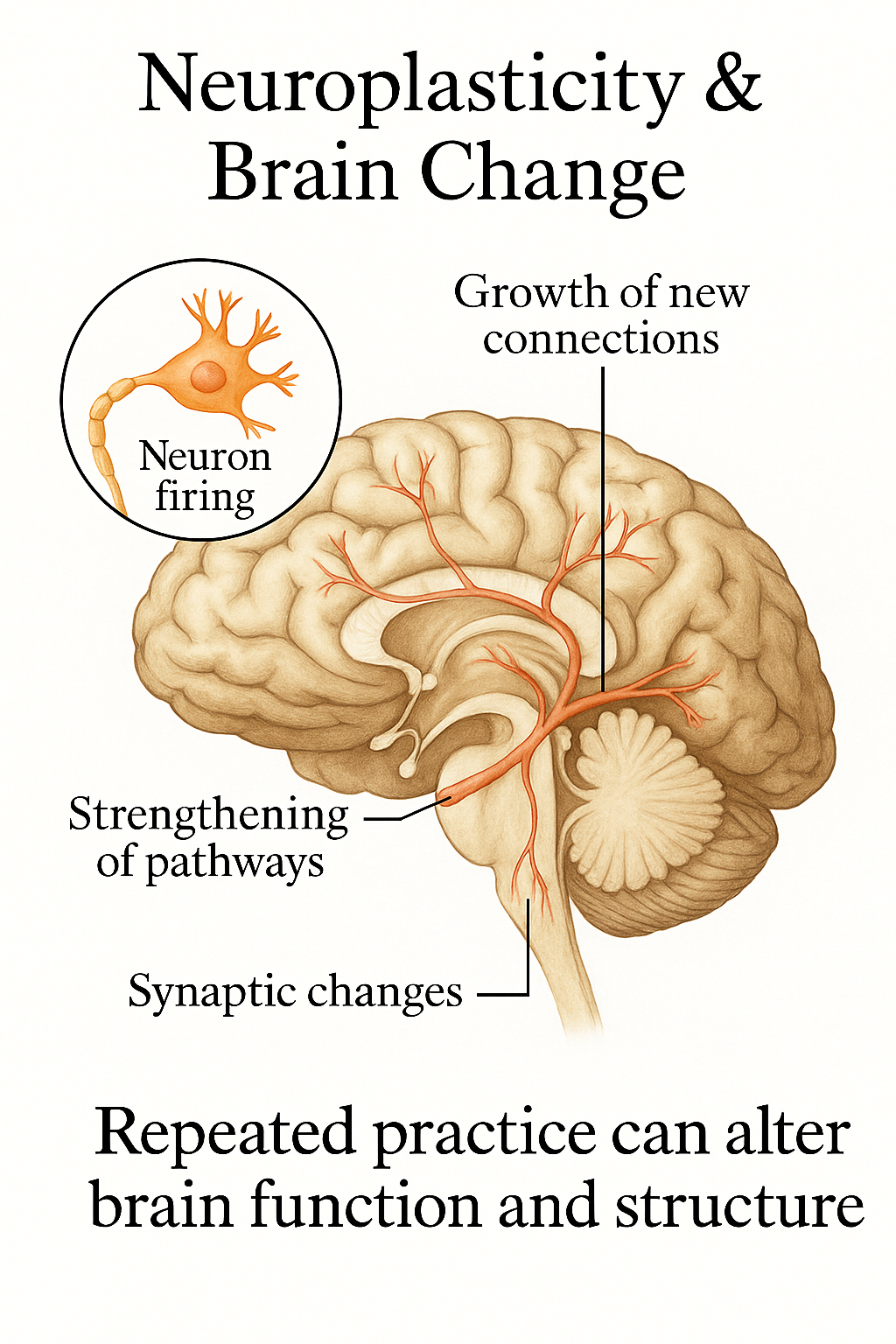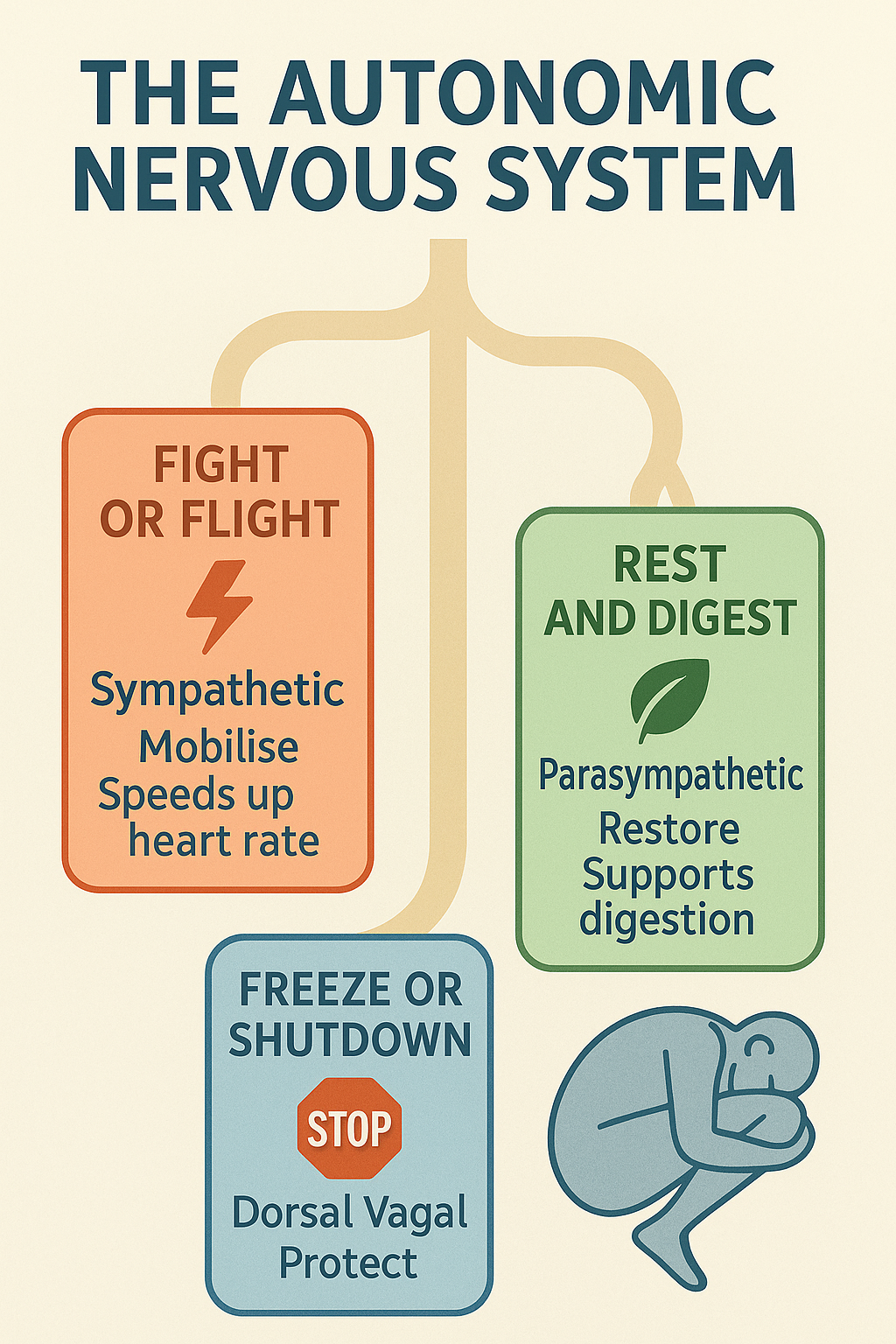How to remember more
Spaced repetition
Review just as you’re about to forget: Day 1 → 3 → 7 → 14 → 30.
Retrieval > re-reading
Close notes and pull facts from memory — far stickier.
Interleaving
Mix topics to force discrimination and make it stick.
Dual coding
Pair words with sketches/diagrams for extra “hooks”.
Chunking
Group into 3–5 meaningful chunks instead of long lists.
Elaboration
Explain it in your own words (teach briefly) to cement it.

